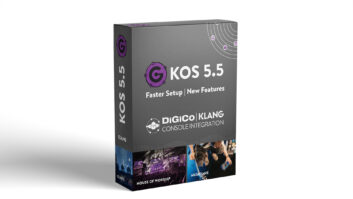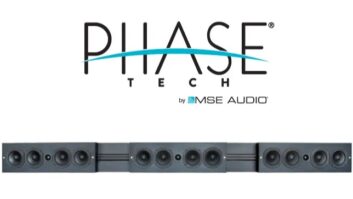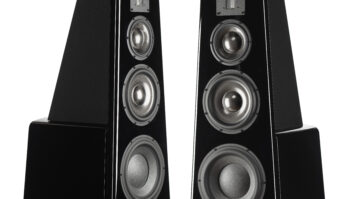A 36MHz chunk of UHF spectrum that the government will auction off beginning in 2002 should be set aside for a Mobile Multimedia Broadcasting Service (MMBS), according to written comments by CEMA which were submitted to the FCC.
MMBS delivers up to 5.1 channels of better-than-CD-quality audio as well as high-speed data to in-vehicle and portable receivers, according to written comments by CEMA which were submitted to the FCC.
The spectrum at 746-764MHz (channels 60-62) and 776-794MHz (channels 65-67) is ideal for “seamless interference-free mobile reception” of audio and data when implemented through a modulation technique called coded orthogonal frequency division multiplex (COFDM), CEMA claimed. The service would exceed the capabilities of planned satellite-based DAR service or terrestrial in-band on-channel technologies, CEMA claimed.
Beginning in 2001, the FCC is required by law to auction off spectrum used for TV channels 60-62 and 65-67 as part of the DTV transition. Because few stations broadcast on these channels, new services in this spectrum could go into commercial operation in many parts of the country in only a few years, a CEMA spokesman said. Like other TV stations, UHF stations broadcasting on these channels aren’t required to turn off their analog signals until the end of 2006, although many observers believe the deadline will likely be extended.
In its comments, CEMA said it disagreed with the FCC’s proposal to let licensees determine what services they will provide in their licensed geographic areas. The commission took that approach in its auction of the WCS (Wireless Communications Service) band.
The flexible approach, CEMA contended, “imposes uncertainties” that “will only serve to deter investment in new communications services and systems or technology development.” A “universal nationwide MMBS implementation has significantly greater appeal than a patchwork quilt of unrelated, un-interoperable and non-transportable services developed on a regional or local basis,” CEMA’s filing said. “This also has the benefit of employing economies of scale with mass production of receivers and transmitting equipment, thereby lowering entry costs to broadcasters and the public.”
CEMA proposed that the FCC select a single MMBS technology, designate the spectrum exclusively for MMBS, create an advisory committee to evaluate proposed technologies, and define the service’s rules and regulations before creating auction rules.
The NAB said it would file a response to CEMA’s proposal this week.
CEMA said that in each geographic market, the spectrum could accommodate 75 channels of non-subscription-based 5.1-channel audio, paired with a 64-Kbps data channel that could be addressable and could deliver free or subscription offerings. Data services could deliver traffic and road-condition information that could be accompanied by video maps, the association said in commenting on service rules proposed by the FCC for the freed-up spectrum. The spectrum could also be used to complement the federal Emergency Alert System to deliver emergency warnings to mobile, portable and home receivers that could also be used to receive book and newspaper content.
Key drawbacks of the satellite and terrestrial IBOC DAR technologies are their inability to provide CD quality on even two channels, CEMA told the FCC.
As DTV and DVD grow in popularity, “consumers of the future” will expect “CD (or higher) audio quality with multichannel capability” from any new audio service,” CEMA said.
“It remains to be demonstrated that an IBOC approach can provide compact disc audio quality, compatibly, with robust coverage and performance,” CEMA noted.
IBOC technologies are designed to let broadcasters simultaneously deliver analog and digital broadcasts on their assigned frequencies during a transition period after which analog broadcasts could be turned off permanently.
In the past, CEMA also questioned the ability of two planned 2.3GHz satellite-based subscription services to deliver audio reliably because of the services’ line-of-sight limitations.
CEMA said its proposal would also allow for scalable reception quality.













